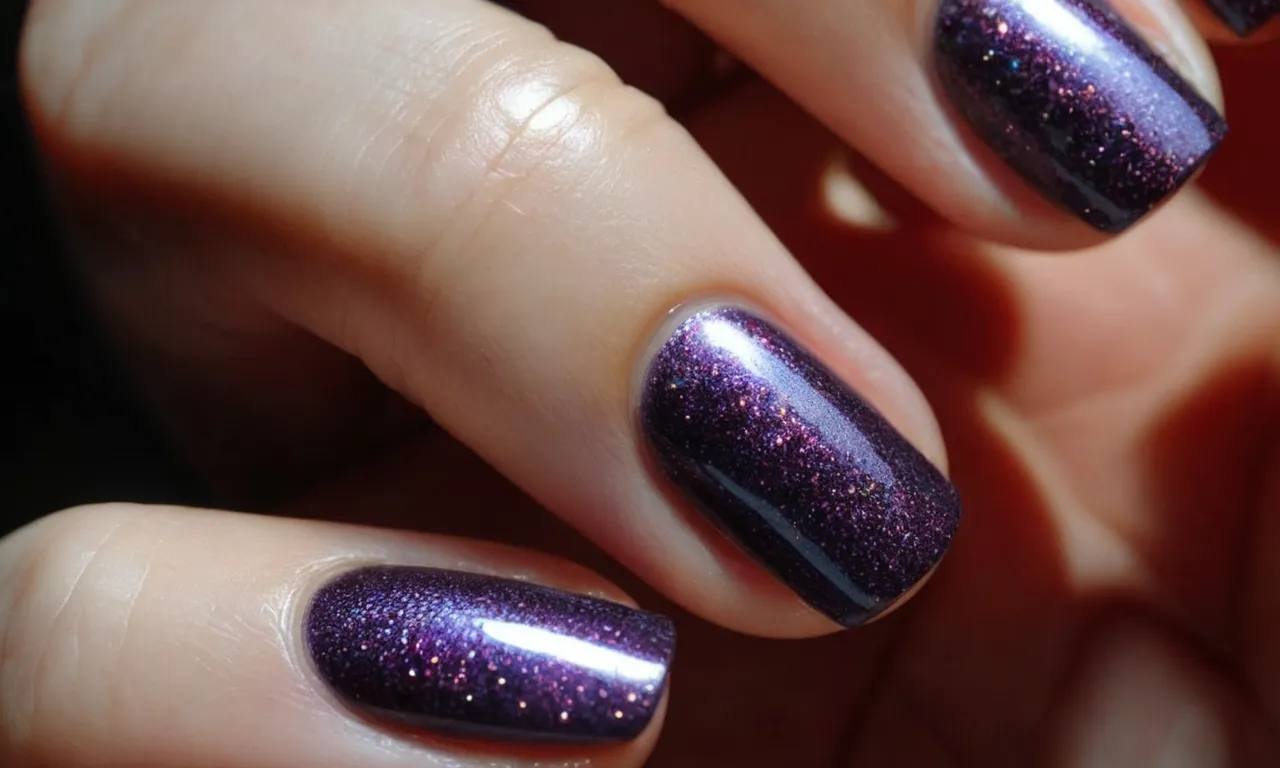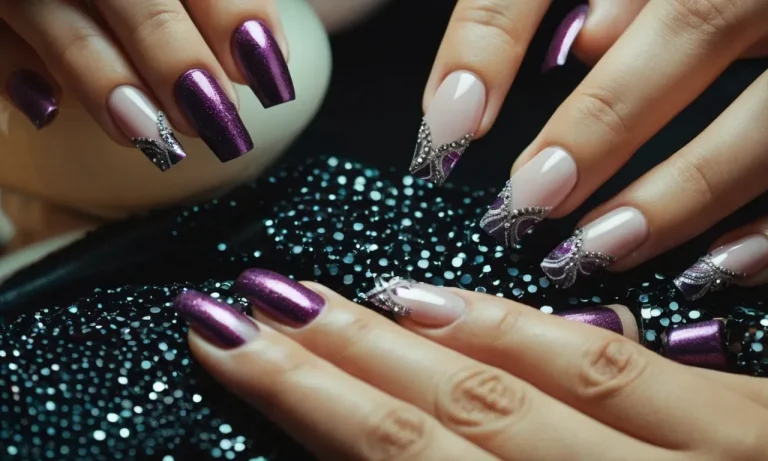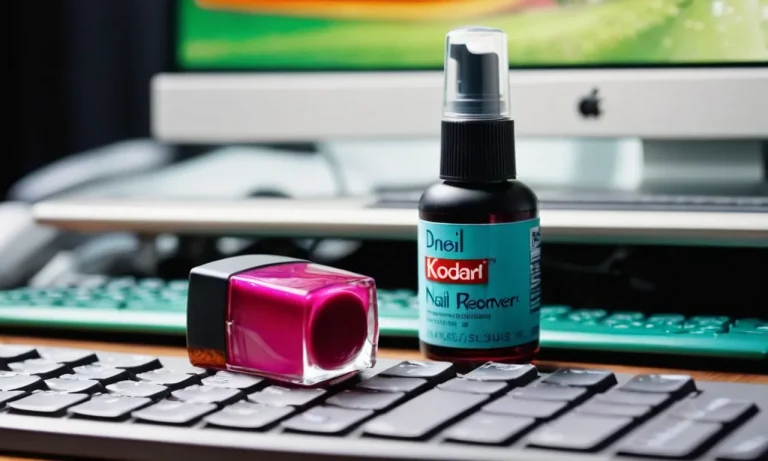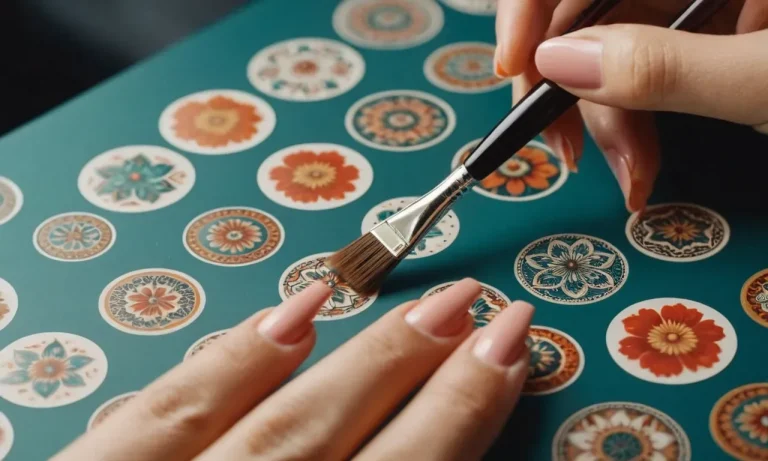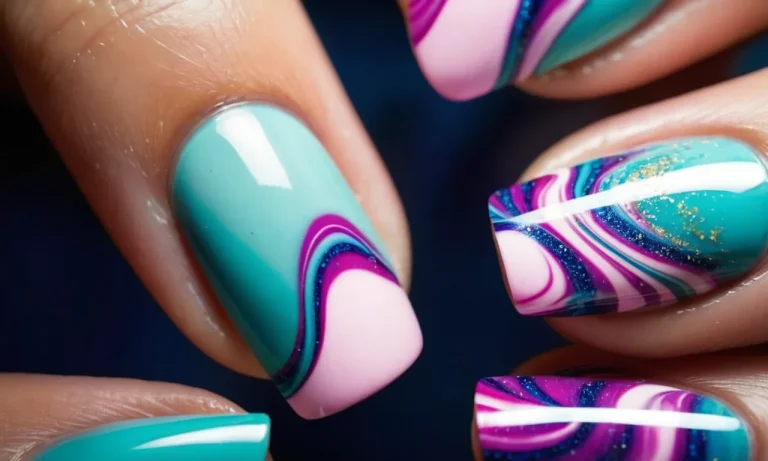Do Dip Nails Cause Cancer? A Detailed Look At The Evidence
With the rising popularity of dip powder nails, many people wonder – are dip nails safe? Specifically, some worry that exposure to the chemical ingredients in dip powders may increase cancer risk. If you’re short on time, here’s a quick answer to your question: Research has not found a direct link between using dip powder nails and developing cancer.
However, some ingredients in certain dip powder systems have been flagged as potential carcinogens with heavy exposure over time.
In this approximately 3000 word article, we’ll take an in-depth look at the evidence surrounding dip nails and cancer. We’ll explore the chemical ingredients found in some popular dip powder brands, examining which have raised health concerns.
We’ll review the latest scientific research on if and how these chemicals could be absorbed into the body. And we’ll discuss precautions nail technicians and clients can take to minimize any potential risks of dip powders.
What Are Dip Powder Nails?
Dip powder nails have become an immensely popular alternative to traditional acrylics and gel manicures in recent years. But what exactly are dip powders, and how are they applied? Here’s an overview of the dip powder process.
Dip Powder Nail Process Overview
Dip powder manicures involve applying layers of powdered acrylic to the natural nail using a liquid bonding agent. First, the nails are prepared by pushing back cuticles and lightly filing the surface. Next, the nails are primed to create a tacky base.
The technician then dips the nails into colored acrylic powder, which adheres to the nail. A sealant is applied, and the dipping process is repeated until the desired thickness is achieved. Finally, the nails are shaped, buffed and polished.
Compared to other nail extensions, dip powders are lightweight, durable, and allow the natural nail to breathe. The application process is relatively quick and requires minimal drying time between coats. Dip powder manicures typically last 2-3 weeks with proper care.
Popular Dip Powder Brands and Ingredients
Some of the most popular dip powder nail brands include SNS, Revel, Kiara Sky, OPI, and DipWell. These brands offer dozens of different colors and finishes to choose from.
The main ingredients in dip powders are:
- Polymer powder – Gives strength, durability, and structure
- Pigments – Provide color
- Benzoyl peroxide – Hardens the polymer powder once activated by the liquid bonder
The liquid bonder or adhesive contains methacrylic acid monomers which polymerize when exposed to an activator chemical like benzol peroxide. This reaction causes the powder to harden into a plastic-like nail coating.
Some dip powders may also include small amounts of titanium dioxide for enhanced color, micronized acrylic resin for adhesion and flexibility, and silica powder for an opaque finish. Despite some concerns, most reputable brands formulate their dip powders without formaldehyde, toluene, DBP, or other harmful ingredients.
Do Ingredients in Dip Powders Cause Cancer?
Formaldehyde
Formaldehyde, used in some dip powder systems as a hardening agent, has been classified as a human carcinogen by the International Agency for Research on Cancer (IARC). Exposure to high levels of formaldehyde gas can cause cancer, however, the amount contained in nail products is very small.
According to Cancer Research UK, there is no good evidence showing an increased risk of cancer from occasional use of products containing formaldehyde.
Phthalates
Certain phthalates, which make nail polish flexible and durable, have been linked to reproductive issues and other health problems. However, many dip powder systems today do not contain these harmful phthalates such as dibutyl phthalate (DBP).
Leading brands have reformulated their products to eliminate these chemicals of concern.
Titanium Dioxide
Titanium dioxide (TiO2) powder gives dip powders their color and opacity. Inhaling fine TiO2 particles over time has been linked to lung damage and cancer. However, when titanium dioxide is bound to other ingredients in nail products like lacquers and gels, these risks are not present according to Skin Safe.
Other Ingredients of Concern
Some activators for dip powder may contain ethyl acetate or butyl acetate which can irritate eyes, nose and throat. It’s best to apply dip powders in a well-ventilated area. Look for dip systems with “3-free” or “5-free” on the labels, indicating they are free from certain harsh chemicals like formaldehyde, toluene, DBP, formaldehyde resin and camphor.
Can Chemicals in Dip Powders Be Absorbed into the Body?
Dermal Absorption Research
Several scientific studies have examined whether the chemicals used in dip powder can be absorbed through the nails and skin. A 2021 study tested the dermal absorption of 11 chemicals commonly found in dip powder systems.
Researchers applied the chemicals to human nail clippings and found that 4 out of the 11 chemicals showed absorption into the nail plate. The levels absorbed were low, but still detectable. Another study in 2020 had similar findings, detecting small amounts of resin monomers in nail clippings after exposure to acrylic nails.
While the levels absorbed may be low, there is evidence that some dip powder chemicals can penetrate and get absorbed into the nail and surrounding skin.
Researchers have raised concerns that chronic exposure over months and years, especially for nail technicians working with dip powders every day, could lead to higher cumulative absorption and potential health effects. However, larger long-term studies have not been conducted yet.
Overall, current research shows dip powder chemicals are absorbed at low levels after limited exposure. But the long-term risks with repeated and prolonged exposure are still unknown.
Inhalation Risks
There are also concerns that dip powder chemicals can be inhaled and absorbed through the lungs during application and removal. When brushing on powders and filing or buffing hardened nails, dust particles are released into the air which can be accidentally inhaled.
Several studies have detected airborne levels of acrylates and methacrylates during acrylic nail application in salons. Inhaled particles that reach the deep lungs can enter the bloodstream and circulate in the body.
A 2020 study even detected dip powder chemicals in the urine of nail technicians after full work shifts, indicating inhalation exposure. Reports of coughing, nose and eye irritation have also been noted with exposure to acrylic nail dust.
Proper ventilation, masks, and other protective equipment are important to reduce inhalation of chemicals. While research is still limited, initial evidence points to inhalation as a potentially significant route of exposure that needs further investigation.
Precautions for Safe Use of Dip Powder Nails
Tips for Nail Technicians
To minimize exposure to potentially harmful chemicals when using dip powder nails, nail technicians should take the following precautions (source):
- Work in a well-ventilated area to allow fumes to dissipate
- Wear an N95 face mask to avoid breathing in dust
- Use a desk fan pointed away from you to direct air flow
- Wear nitrile gloves to prevent skin contact
- Dispose of used files/buffers after each client
- Clean work station thoroughly after each client
Additionally, nail techs should be aware of potential allergy risks and watch for client reactions like redness or swelling which could indicate a product sensitivity. It’s smart to keep an ingredient list handy for reference.
For extra protection, techs may choose to use dip powder systems with 6-free, 9-free or 10-free formulas that omit harsh additives like formaldehyde, toluene and dibutyl phthalate (DBP).
Tips for Clients
Clients can also take steps to use dip powder nails safely:
- Do a patch test before initial application to check for allergic reaction
- Avoid buffing or filing nails yourself as this releases dust
- Request toxin-free dip powders if you have sensitivity concerns
- Give technicians feedback on any irritation experienced
- Allow adequate drying time between coats
- Maintain good ventilation during application
- Wash hands after appointments to remove residual dust
Being an informed and proactive client is key for dip powder nail safety. Don’t be afraid to ask questions or request safer products. Technicians should welcome feedback to improve your experience.
With proper precautions by technicians and clients, the application of dip powder nails can be greatly improved. It’s all about minimizing exposure to harmful chemicals. After all, no one wants their manicure appointment to end with irritation or worse – a trip to the doctor!
A few simple tips can go a long way toward safe, hassle-free dip powder nails.
Conclusion
While no direct link between dip powder nails and cancer has been found, some ingredients in certain brands have raised health concerns with heavy exposure over time. Using caution with chemical handling and ventilation can help minimize any potential risks.
Overall, occasional personal use of dip powders is unlikely to pose a serious cancer risk for most people. But those who frequently apply dip powders in a salon setting may benefit from taking protective measures against chemical inhalation and absorption.

